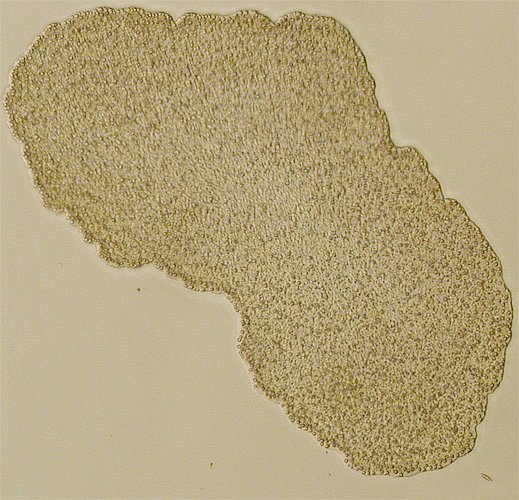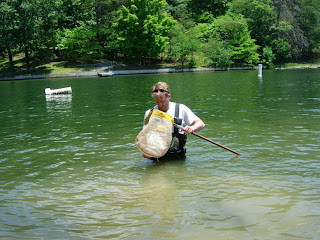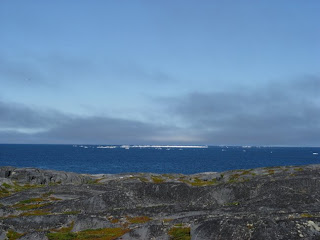The Panda’s Thumb (PT) has a short post giving a quote from Michael Medved, a new fellow at the Discovery Institute (DI) (which promotes intelligent design, or ID). In it, Medved notes that intelligent design is not a theory itself, but merely a challenge to evolution. We already knew that, of course, and well known ID advocates have made similar statements before1. What interested me was my reaction to seeing the PT post. My first thought was, “Ok, but what’s the context?”. Not that I expected PT to be disengenuously quote-mining (this is, instead, a major creationist maneuver), but I wanted to know why he would say such a thing and what the full quote might have been. PT links to the source, which is an interview in the Jerusalem Post in which Medved is asked about a variety of issues, most of them political, with just a short exchange on ID. Here is the relevant portion, in full.
Speaking of your desire for this kind of particularity, you are a senior fellow at the Discovery Institute that studies and believes in Intelligent Design. How do you, as an Orthodox Jew, reconcile with this kind of generality – with the view of their being a hierarchy with a chief “designer” – while believing in and praying to a very specific God?
The important thing about Intelligent Design is that it is not a theory – which is something I think they need to make more clear. Nor is Intelligent Design an explanation. Intelligent Design is a challenge. It’s a challenge to evolution. It does not replace evolution with something else.
The question is not whether it replaces evolution, but whether it replaces God.
No, you see, Intelligent Design doesn’t tell you what is true; it tells you what is not true. It tells you that it cannot be that this whole process was random.
This is actually quite interesting. What is happening is that a religious interviewer is expressing concern that ID is a challenge to God as the designer. This puts ID creationists in a tough position. In order to sound “sciency”, they pretend that ID is not about God and say that the designer could be anything intelligent (God, gods, aliens). This is not science, and it is also not very good theology, as the interviewer indicates. As a result, ID creationists usually say one thing in debates (we can’t know who the designer is) and another in speeches to religious groups (obviously, the designer is God).
The thing is, there already are qualified people who constantly challenge evolutionary explanations. They are known as evolutionary biologists. We argue, we trash each other’s papers as peer reviewers, and we force one another to present more convincing data on even the smallest issues. The outside commentary by ID creationists — if indeed they are offering no testable alternatives (which they aren’t) — is not useful. Evolutionary biology will continue to study how complex features arise without creationists’ challenges because it is the job of science to explain such things. And they will do it in the field, in the lab, and in the peer-reviewed literature.
____________
1 Note that these are second-hand quotes so interpret them accordingly.
“‘I’m not pushing to have [ID] taught as an ‘alternative’ to Darwin, and neither are they,” he says in response to one question about Discovery’s agenda. ”What’s being pushed is to have Darwinism critiqued, to teach there’s a controversy. Intelligent design itself does not have any content.” George Gilder, interviewed in the Boston Globe, July 27, 2005.
“Easily the biggest challenge facing the ID community is to develop a full-fledged theory of biological design. We don’t have such a theory right now, and that’s a real problem. Without a theory, it’s very hard to know where to direct your research focus. Right now, we’ve got a bag of powerful intuitions, and a handful of notions such as “irreducible complexity†and “specified complexityâ€â€”but, as yet, no general theory of biological design.” Paul Nelson, interviewed in Touchstone vol 17, July/August, 2004.
“I also don’t think that there is really a theory of intelligent design at the present time to propose as a comparable alternative to the Darwinian theory, which is, whatever errors it might contain, a fully worked out scheme. There is no intelligent design theory that’s comparable. Working out a positive theory is the job of the scientific people that we have affiliated with the movement. Some of them are quite convinced that it’s doable, but that’s for them to prove…No product is ready for competition in the educational world.” Phillip Johnson, quoted in Berkeley Science Review, Spring 2006.








